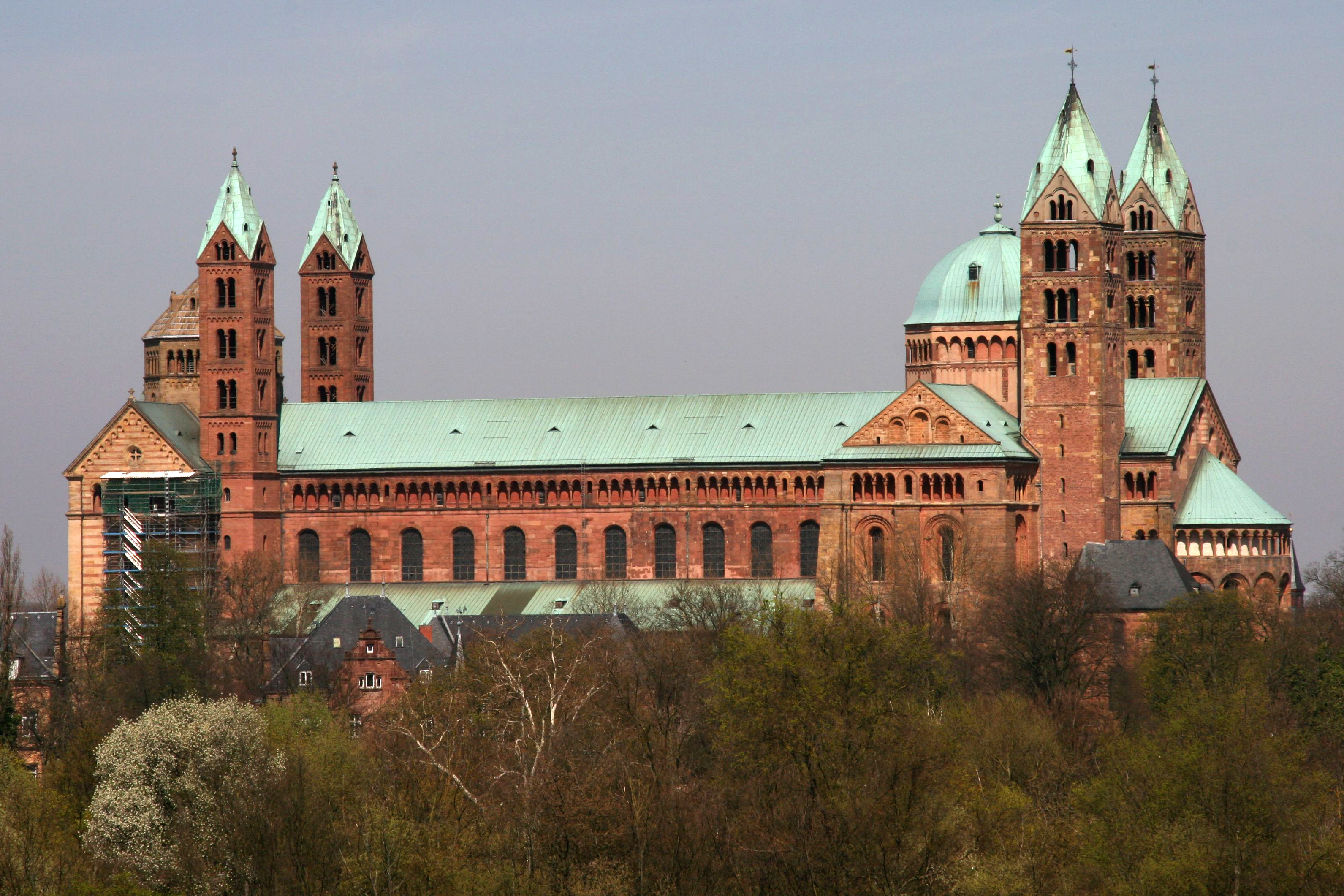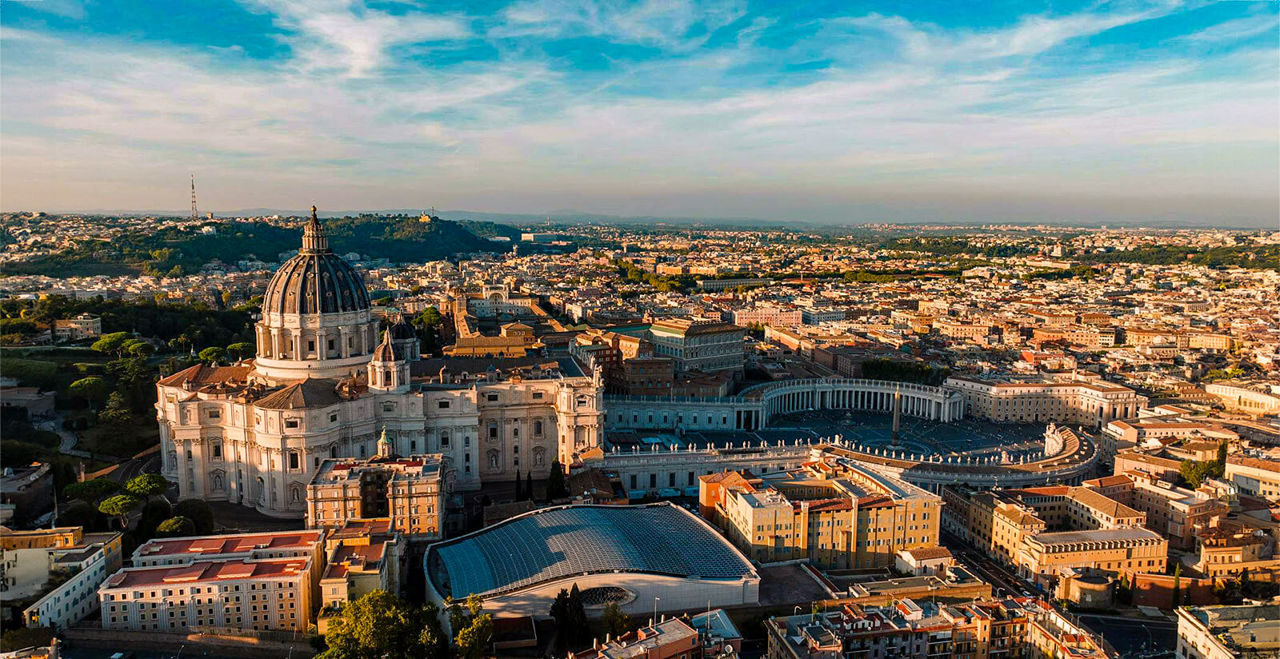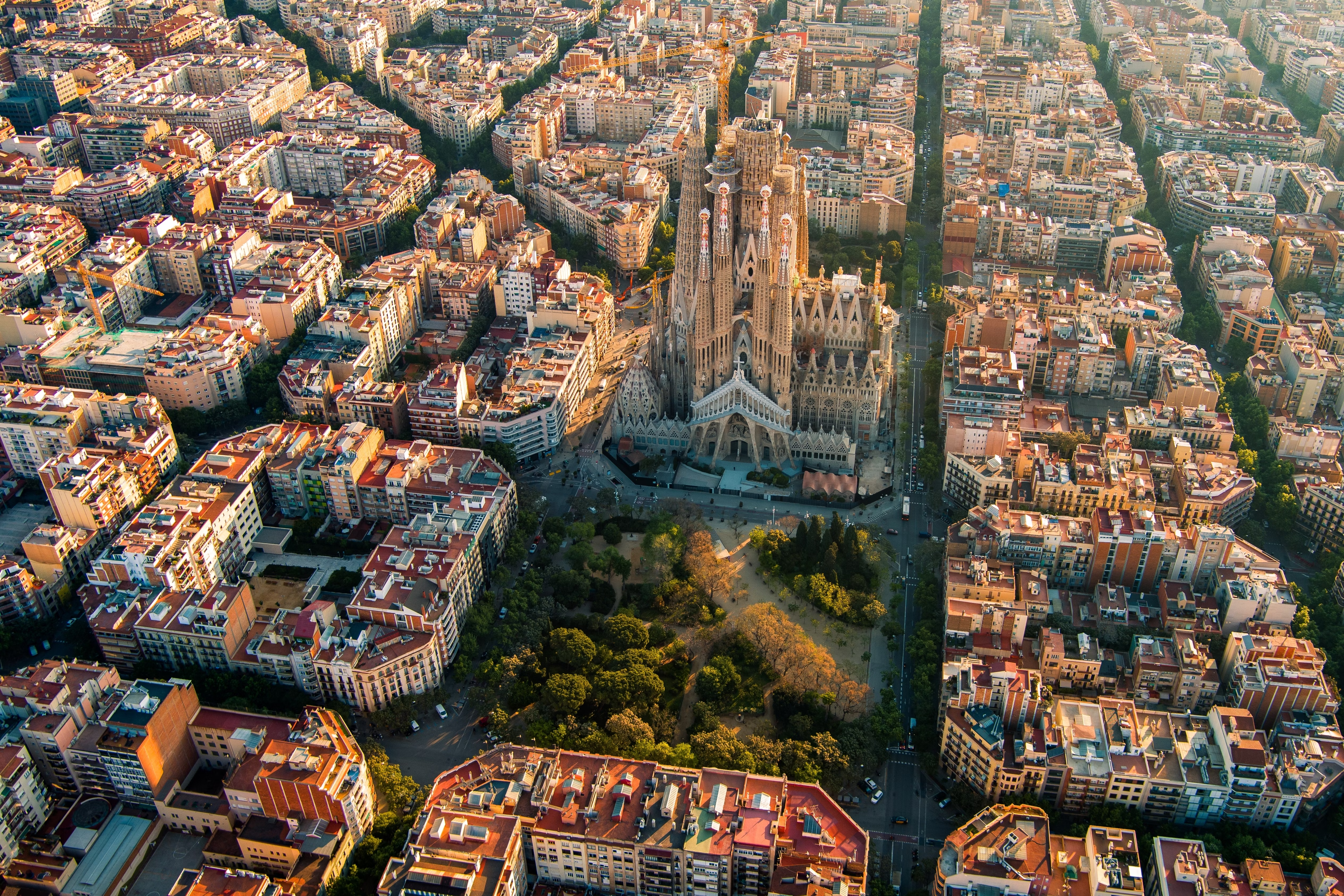
Speyer Cathedral
One of the largest and most significant Romanesque cathedrals in Europe, a UNESCO World Heritage Site, known for its imposing scale and imperial crypt.
Historical Context
Speyer Cathedral was constructed during the romanesque period, specifically between c. 1030-1106. This era was characterized by significant developments in architectural techniques and religious expression.
The construction was commissioned by the local bishop and diocese and took place during a time of significant religious and cultural development. The building has survived through centuries of history, witnessing the Reformation, World Wars, and post-war reconstruction.
Over the centuries, Speyer Cathedral has undergone several renovations and restorations, each adding to its historical significance while preserving its original character and purpose.



